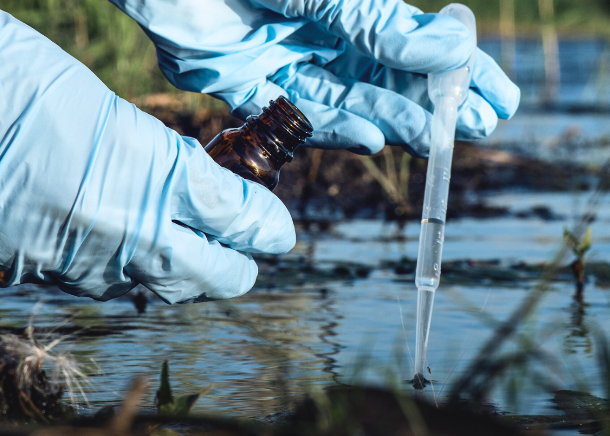Summary:
Microbial life in beach sands has been addressed by very few research groups until recently. In the last two decades, however, the number of scientific publications and reports on this subject has been growing exponentially. Most publications address methodological approaches, including microbiome characterization and its influence on human health. Yet, to date there has been no clear and appropriate guidance on the subject.
In 2003, the World Health Organization (WHO) published their Guidelines for safe recreational water environments, recommending that sand be looked into, especially at higher latitudes where due to lower sea water temperatures the population tends to spend less time bathing than in countries with warmer waters; but still uses beaches for all kinds of recreational purposes (1).
Fungi are an under-investigated biological group which is not represented in the regulation of recreational water anywhere. However, invasive fungal infections are associated with a high rate of mortality and other ailments. For example, many Candida species are opportunistic pathogens. They are known fecal contaminants that tend to cause mucosal infections of individuals that are susceptible due to underlying medical conditions, such as diabetes or immune suppression. Babies and toddlers with their immune systems still immature, represent another at risk group.
Fungal genera that have been isolated from beach sands include Aspergillus, Chrysosporium, Fusarium, Scedosporium, Scytalidium, Scopulariopsis (2), Candida (3), Penicillium, Rhodotorula (4), Cladosporium, Mucor, Stachybotrys (5, 6, 7, 8), Phialemonium (9) and many others. Trichophyton and Microsporum, associated with skin and nail infections, have also been reported for beach sand (2).
Funding:
European Confederation of Medical Mycology, International Society for Human and Animal Mycology
Partners:
15 European Confederation of Medical Mycology member-countries




